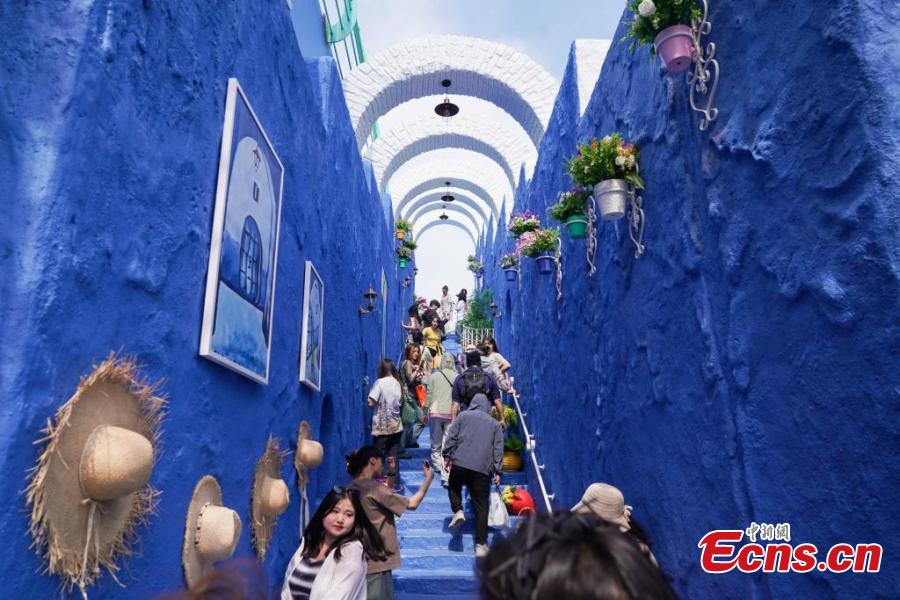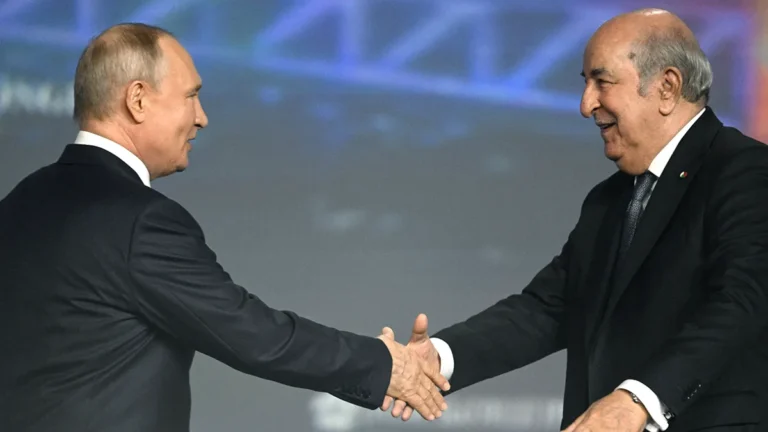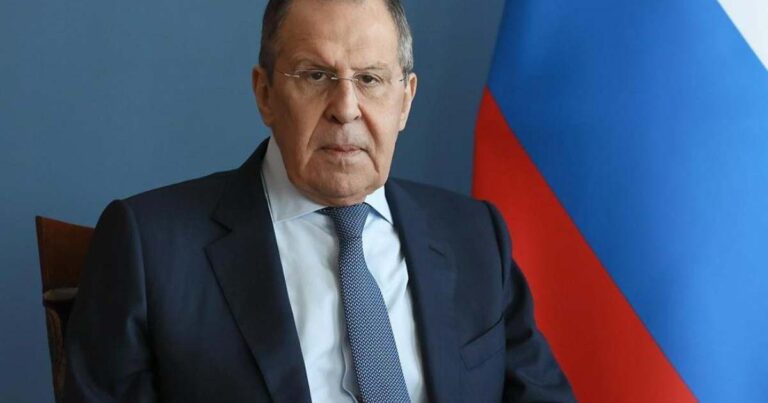
Tucked high in Morocco’s Rif Mountains, Chefchaouen is famed for its cascading blue-washed walls, narrow stairways, and the deep cultural heritage painted into every corner of its medina. But over 8,000 kilometres away in northeastern China, a strikingly similar town has just made its debut — in the form of a life-size replica inside a theme park.
On June 8, Harbin Polarland in Manchuria unveiled its latest attraction: a carefully crafted reproduction of Chefchaouen.
Featuring pastel-blue walls, flower-lined staircases, flowing fountains, and signage in Arabic and Spanish, the copycat village offers visitors an immersive stroll through what developers describe as “a place too distant for most to reach.”
For Chinese visitors, the replica presents an Instagram-worthy experience of Morocco without leaving the country.
But for many Moroccans, the visual duplication of Chefchaouen — a living embodiment of Amazigh, Andalusian, and Arab-Muslim influences — has triggered an uneasy blend of fascination and frustration.
“This isn’t just a city.
It’s a historical soul, a cultural identity,” one Moroccan cultural analyst commented on social media, where the news has rapidly circulated.
Critics argue that replicating the city without acknowledging or involving Moroccan institutions veers dangerously close to cultural appropriation.
China is no stranger to architectural mimicry. Over the years, replicas of Paris’s Eiffel Tower, Austria’s Hallstatt, and Venice’s canals have popped up across the country. Yet this particular case strikes a nerve.
Unlike Europe’s well-documented landmarks, Chefchaouen is a living community — not just an aesthetic, but a symbol of Moroccan heritage and economic livelihood through tourism.
“By reducing Chefchaouen to a film set,” reads one online comment, “they’ve painted the walls but left out the stories.”
For others, the replica may unintentionally boost global interest in the real city. But the lack of collaboration with Moroccan authorities has left many questioning how cultural landmarks are represented — and replicated — in an increasingly interconnected world.
The debate now extends beyond imitation. It raises a deeper reflection: can you replicate beauty without context? And at what cost does admiration turn into erasure?



